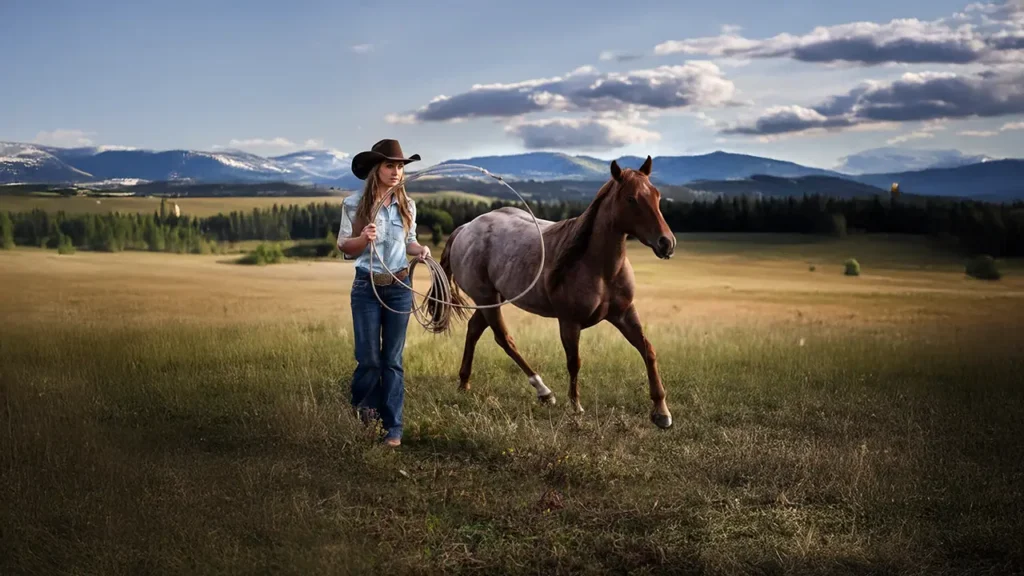It Started with a Girl and Her Horses
When Heartland first aired in 2007, it didn’t announce itself as a phenomenon. It was modest: adapted from Lauren Brooke’s YA novels, set on a working ranch in Alberta, and starring mostly unknowns. The story followed Amy Fleming, a teenager with a gift for calming horses, as her family tried to heal after loss.
But the quiet show never faded. Season after season, it found new fans. By 2015, it had surpassed Street Legal to become Canada’s longest-running drama—and it’s still going, closing in on two decades of steady storytelling.
What Keeps It Going
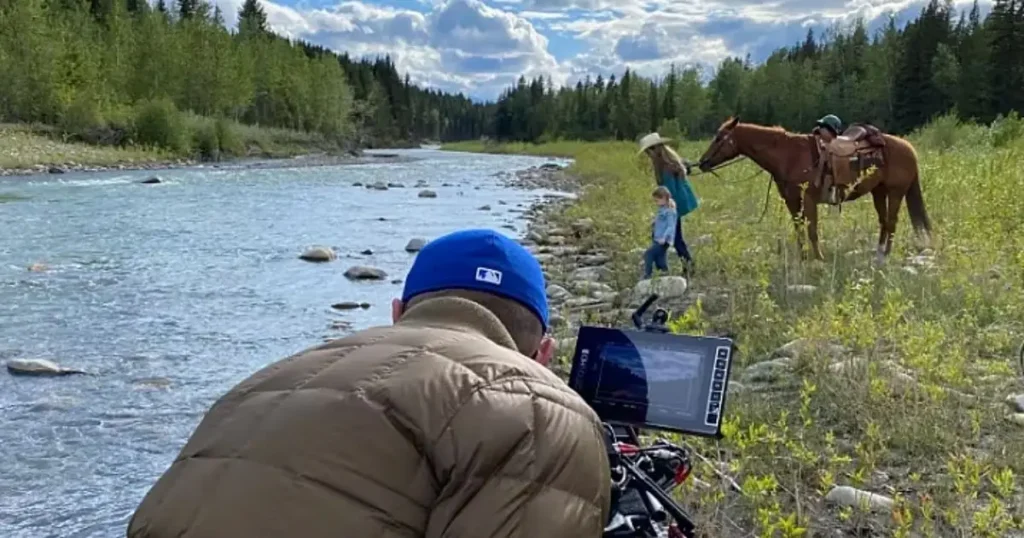
It Knows What It Is
There are no villains, no plot twists engineered for shock value. Heartland has always been about people doing their best—sometimes failing, sometimes mending. Amy (Amber Marshall) isn’t a savior or a symbol; she’s a woman who trains horses and carries grief without spectacle. Jack (Shaun Johnston) is stubborn but wise in his own rough-edged way. Lou (Michelle Morgan) hustles for success and still gets it wrong. Even Tim (Chris Potter) shows up flawed but trying.
The show doesn’t lecture or moralize. It just lets life happen.
It Feels Like Real Rural Life
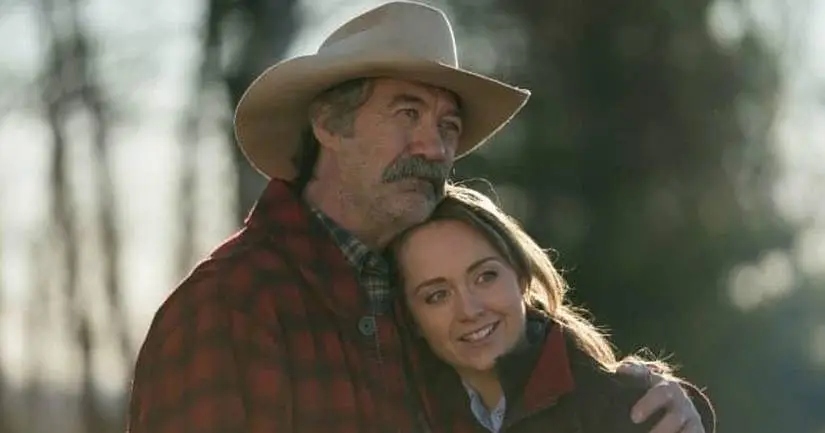
The look of Heartland is part of its honesty. The barn’s dusty. The kitchen paint is chipped. Meals are quick, not staged. Horses aren’t props—they’re woven into the rhythm of the story. Amy listens to them, trains them, worries about them.
Shot across Alberta—from High River to the rolling foothills near Calgary—the show captures a landscape that’s both familiar and inviting. If you’ve lived out west, it feels true. If you haven’t, it makes you wish you had.
The Cast Isn’t Faking It
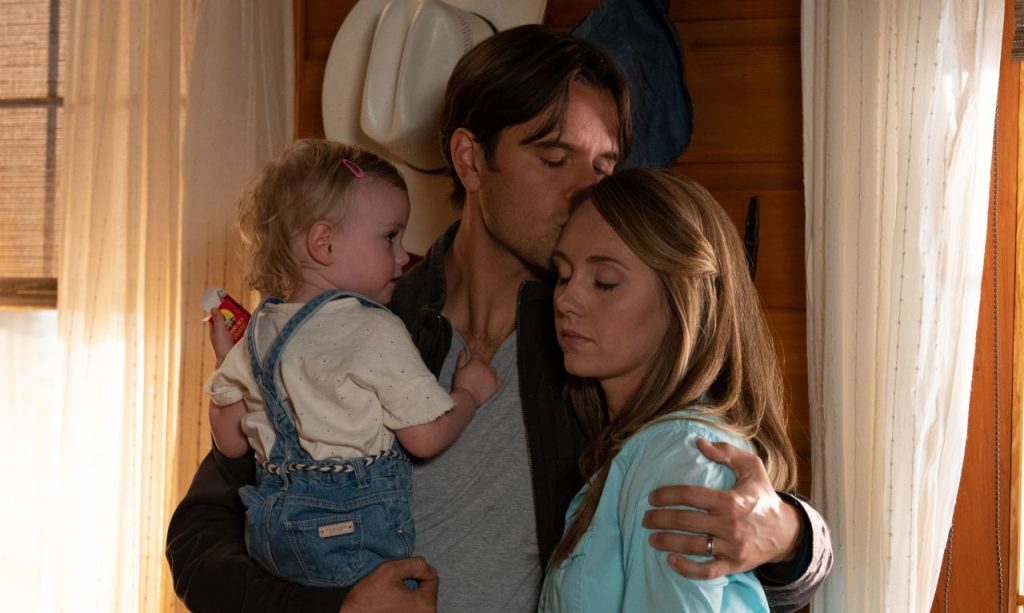
Amber Marshall lives on her own ranch and does much of her own riding. Shaun Johnston grew up around cattle. Alisha Newton (Georgie) is a competitive show jumper. The actors’ real-world experience grounds their performances. Even the stunt work feels authentic—handled by professionals only when the risk outweighs realism. You can sense the trust between cast, crew, and animals.
It Handles Big Themes Quietly

Heartland doesn’t avoid hard topics—death, addiction, PTSD, burnout, divorce—but it resists melodrama. When Ty’s death shook fans, the show didn’t rush the grief. It let it linger in silence, awkward dinners, half-finished conversations. That restraint is its strength.
The emotion comes not from speeches but from the way people keep going. Growing older, messing up, trying again.
And Yes—The Horse Work Still Delivers
Barrel races, rodeos, cattle drives, winter trail rides—the action sequences never lose touch with emotion. Horses aren’t there to decorate the story; they are the story. Amy’s so-called “Miracle Girl” gift has always been about empathy, not spectacle. That connection is the show’s heartbeat.
Why It Still Works
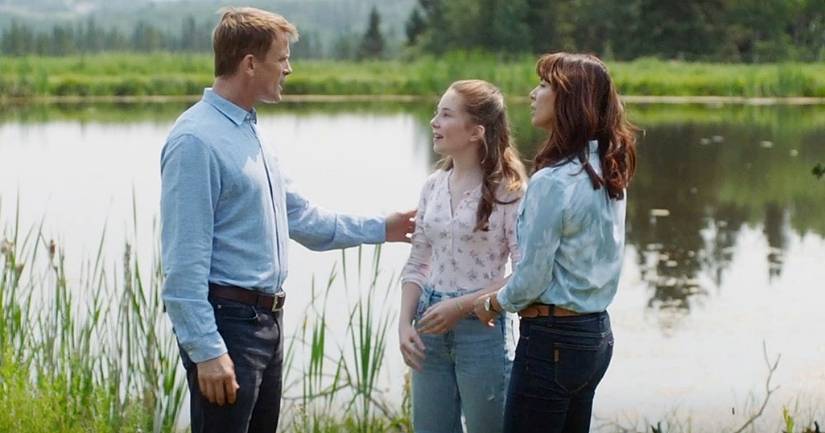
Heartland hasn’t reinvented itself because it hasn’t needed to. It changes the way life does—slowly, by degrees. The characters age. The land stays steady.
In a TV world full of noise, Heartland remains rare: a series that trusts patience over novelty, and finds its power in staying put.


